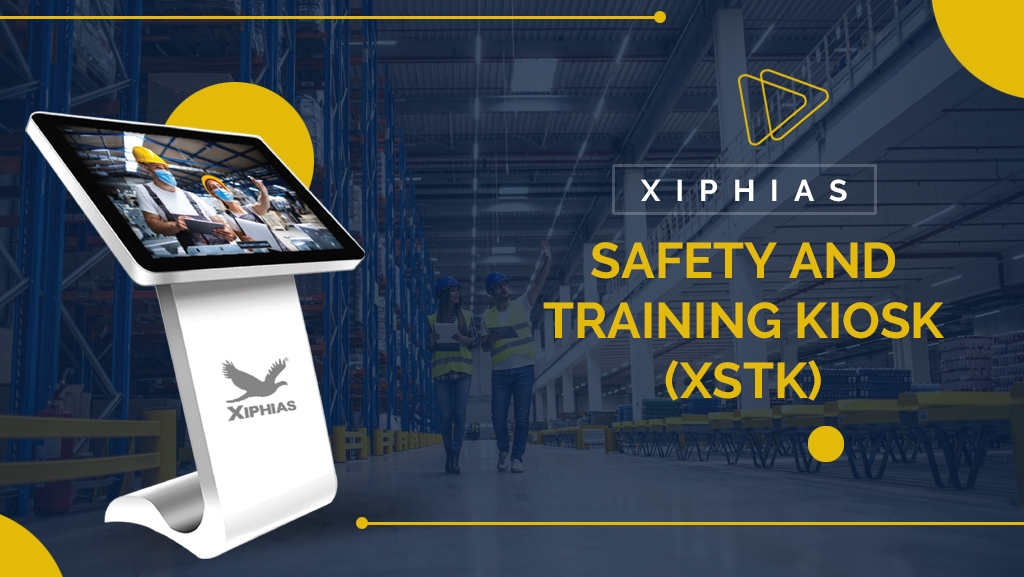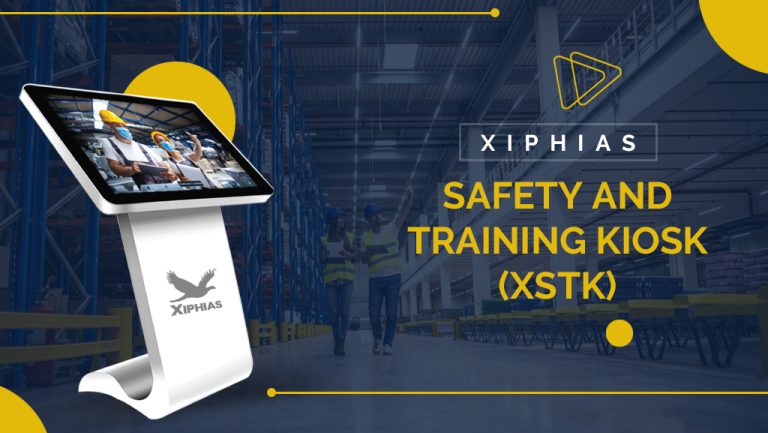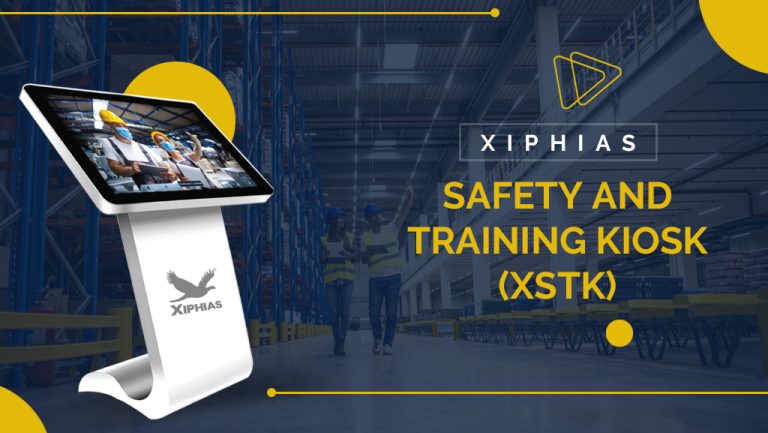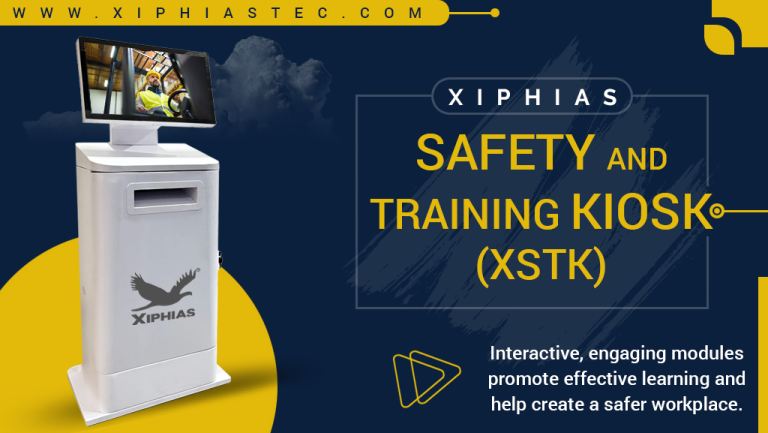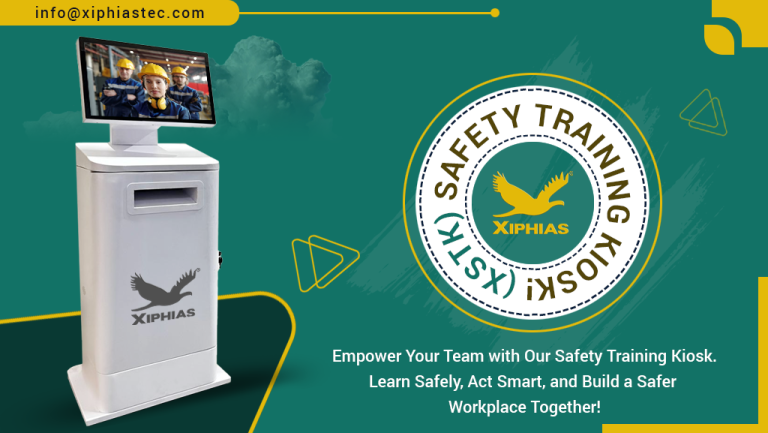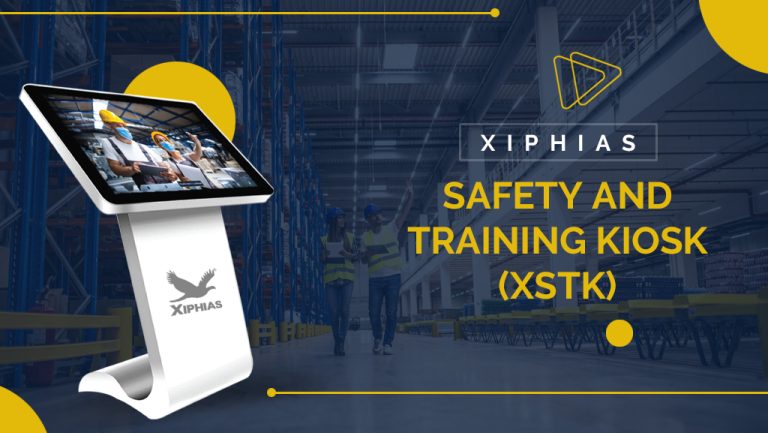Unveiling the Potential of Safety Training Kiosks: A Proactive Approach to Workplace Safety
Workplace safety is a critical concern for organizations, aiming to protect their most valuable assets—employees. Despite advancements in safety protocols, incidents still occur, emphasizing the need for innovative solutions. One such promising innovation is the integration of safety training kiosks, offering a proactive approach to enhancing workplace safety.
Accessibility and Convenience
Safety training kiosks are interactive digital stations strategically placed within workplaces, providing employees with immediate access to crucial safety information and training modules. These kiosks harness technology to deliver engaging, interactive, and up-to-date safety training content, ensuring employees remain well-informed and compliant with safety standards.
The primary advantage of safety training kiosks lies in their accessibility and convenience. Unlike traditional training sessions that require scheduling and physical presence, kiosks are available round the clock, allowing employees to engage with training materials at their own pace. This flexibility ensures that all employees, regardless of their shifts or schedules, can access vital safety information whenever necessary.
Additionally, kiosks eliminate the logistical challenges of organizing large training sessions, saving both time and resources for the organization. Employees can complete training during downtime, ensuring minimal disruption to their work routines.
Consistency and Standardization
Another significant benefit of safety training kiosks is their ability to provide consistent and standardized training. Traditional training methods often rely on different trainers or instructors, leading to potential variations in the content delivered. Kiosks, on the other hand, offer a uniform training experience, ensuring that every employee receives the same high-quality information.
This consistency helps in reinforcing safety protocols and procedures, reducing the likelihood of miscommunication or gaps in knowledge. When every employee is trained to the same standard, the overall safety culture of the organization is strengthened.
Interactive Learning Experience
The interactive nature of safety training kiosks significantly enhances the learning experience. These kiosks utilize multimedia elements such as videos, animations, and quizzes to engage employees actively. Interactive content not only captures attention but also facilitates better retention of information.
Employees are more likely to remember and apply safety practices learned through engaging and interactive training modules, ultimately leading to a safer work environment. By making training more engaging, kiosks help in reducing training fatigue and improving overall knowledge retention.
Customization for Specific Needs
Moreover, safety training kiosks can be tailored to address specific workplace hazards and risks. Different industries face unique safety challenges, and generic training may not always suffice. Kiosks can be programmed with industry-specific content, providing employees with relevant information and practical guidance on handling potential hazards.
For instance, a manufacturing plant may have kiosks that focus on machinery safety, while a healthcare facility may prioritize infection control protocols. This customization ensures that employees receive training that is directly applicable to their work environment, enhancing the effectiveness of the training.
Data Collection and Tracking
The data collection and tracking capabilities of safety training kiosks offer another layer of advantage. These kiosks can record employees’ training progress, quiz scores, and completion status. This data allows organizations to monitor compliance, identify knowledge gaps, and provide targeted additional training where necessary.
Furthermore, the data can be analyzed to identify trends and patterns, helping organizations to proactively address recurring safety issues and improve overall safety strategies. By leveraging data, organizations can make informed decisions to enhance their safety programs continually.
Demonstrating Commitment to Safety
Integration of safety training kiosks also demonstrates a commitment to employee well-being and safety culture. By investing in advanced training tools, organizations send a clear message that they prioritize their employees’ safety and are dedicated to creating a secure work environment.
This commitment can boost employee morale and trust, fostering a positive workplace culture where safety is seen as a shared responsibility. Employees are more likely to engage with safety programs when they see that their organization is genuinely invested in their well-being.
Implementation and Maintenance
Implementing safety training kiosks requires thoughtful planning and execution. Organizations need to assess their specific needs, identify key safety areas, and select appropriate content for the kiosks. Additionally, regular updates and maintenance are crucial to ensure the kiosks remain functional and up-to-date with the latest safety protocols.
Employee feedback should also be solicited to continually improve the training experience and address any concerns. By involving employees in the process, organizations can ensure that the training remains relevant and effective.
Conclusion
In conclusion, safety training kiosks represent a proactive and innovative approach to workplace safety, combining accessibility, consistency, interactivity, and customization. By integrating these kiosks into their safety programs, organizations can significantly enhance employee knowledge, compliance, and overall safety culture.
As technology continues to evolve, embracing such advancements will be key to creating safer and more resilient workplaces. Safety training kiosks not only empower employees with crucial information but also reinforce the organization’s commitment to their well-being, ultimately leading to a more secure and productive work environment.

